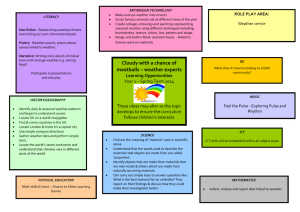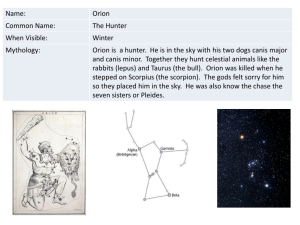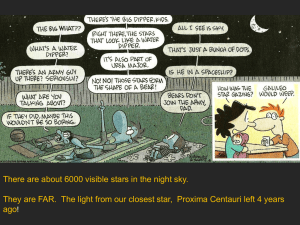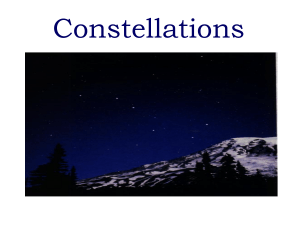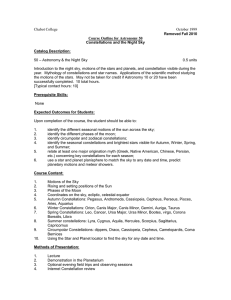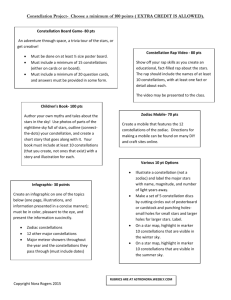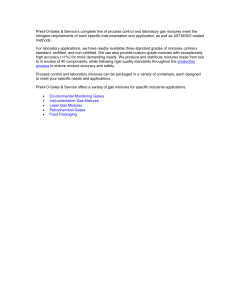District Monthly Science Homework Activity Calendar February 2011
advertisement
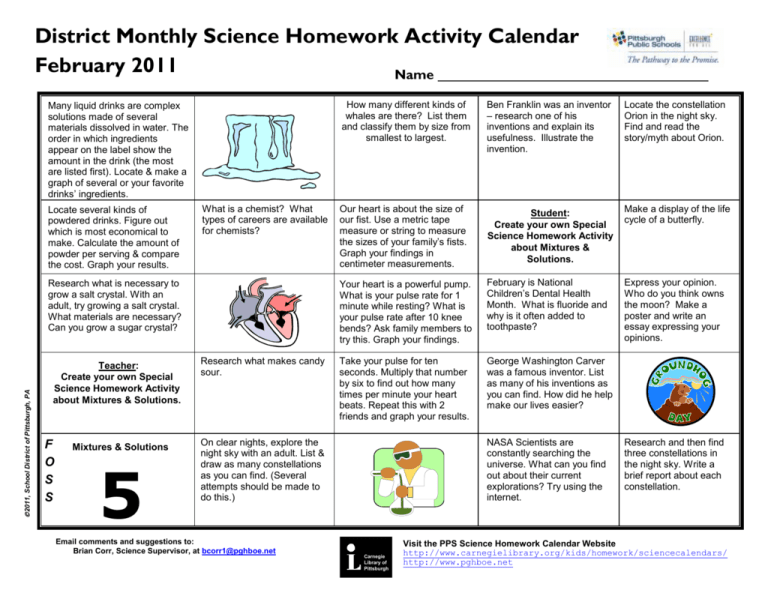
District Monthly Science Homework Activity Calendar February 2011 Name Many liquid drinks are complex solutions made of several materials dissolved in water. The order in which ingredients appear on the label show the amount in the drink (the most are listed first). Locate & make a graph of several or your favorite drinks’ ingredients. Locate several kinds of powdered drinks. Figure out which is most economical to make. Calculate the amount of powder per serving & compare the cost. Graph your results. What is a chemist? What types of careers are available for chemists? 2011, School District of Pittsburgh, PA Research what is necessary to grow a salt crystal. With an adult, try growing a salt crystal. What materials are necessary? Can you grow a sugar crystal? Teacher: Create your own Special Science Homework Activity about Mixtures & Solutions. F O S S Mixtures & Solutions 5 Research what makes candy sour. How many different kinds of whales are there? List them and classify them by size from smallest to largest. Ben Franklin was an inventor – research one of his inventions and explain its usefulness. Illustrate the invention. Locate the constellation Orion in the night sky. Find and read the story/myth about Orion. Our heart is about the size of our fist. Use a metric tape measure or string to measure the sizes of your family’s fists. Graph your findings in centimeter measurements. Student: Create your own Special Science Homework Activity about Mixtures & Solutions. Make a display of the life cycle of a butterfly. Your heart is a powerful pump. What is your pulse rate for 1 minute while resting? What is your pulse rate after 10 knee bends? Ask family members to try this. Graph your findings. February is National Children’s Dental Health Month. What is fluoride and why is it often added to toothpaste? Express your opinion. Who do you think owns the moon? Make a poster and write an essay expressing your opinions. Take your pulse for ten seconds. Multiply that number by six to find out how many times per minute your heart beats. Repeat this with 2 friends and graph your results. George Washington Carver was a famous inventor. List as many of his inventions as you can find. How did he help make our lives easier? On clear nights, explore the night sky with an adult. List & draw as many constellations as you can find. (Several attempts should be made to do this.) Email comments and suggestions to: Brian Corr, Science Supervisor, at bcorr1@pghboe.net NASA Scientists are constantly searching the universe. What can you find out about their current explorations? Try using the internet. Carnegie Library of Pittsburgh Research and then find three constellations in the night sky. Write a brief report about each constellation. Visit the PPS Science Homework Calendar Website http://www.carnegielibrary.org/kids/homework/sciencecalendars/ http://www.pghboe.net

